
I was immediately drawn to an interview with environmental activist, Julia Butterfly Hill (April 2012 - Issue #436). Like many of us, I first learned about Julia somewhere between 1997 and 1999 when she brought the nation's attention to the slaughtering of old-growth forests. What began as a two-week tree sit, turned into a two-year and eight day statement. Her mission...to not only save the 180ft redwood tree she called home and the three acres surrounding it but to transform logging into a more sustainable practice. Considering that 3,000 acres surrounding the tree are now protected and a cascade of reforms have followed including the SmartWood Certificate, I would say she and her fellow comrades have succeeded. But of course, their fight is a never ending battle.
Julia's tree is called Luna. It is a thousand-year-old redwood happily situated on a steep hillside in Humboldt County, California. I have a feeling she was a deep thinker before her 738-day act of civil disobedience but her insight definitely had time to marinate and this article captured her profound perspective. The following are some of my favorites excerpts from that interview:
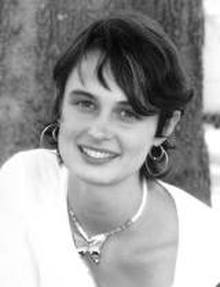
When finding contradictions even within the environmental community..."I go to meetings all the time where they serve coffee in paper cups with plastic lids...How can you say, 'No more drilling for oil,' when you're drinking coffee from a paper cup with a plastic lid."
When talking about how to change the world we live in..."One of the best things about unsustainability is that it's unsustainable; at some point it has to collapse."
When talking about the power of community..."Many people get involved in the presidential election yet do not know who sits on their board of education, their city council, etc. They don't know the people whose decisions affect their lives on a daily basis, yet they believe they are going to change the political debate from the top down."
When talking about anger as a motivating force..."Most often we are angry because something we care about is being threatened. Caring is almost always underneath our anger...When I am angry, I breathe through the anger to get in touch with what I care about, then transform that anger into intense compassion."
Julia believes we all have a metaphorical tree; "something we give our life too." She wants to help foster people's innate yearning to "clarify their purpose and their passion" in this world. So she started, "What's Your Tree?" For her, it was Luna which has grown into something much larger. The What's Your Tree Project encourages everyone to discover what they love most and do something amazing with that calling.
Parting thought..."It's impossible not to make a difference. Every choice we make leads either toward health or toward disease; there's no other direction. The question is not 'How can I, one person, make a difference?' The question is 'What kind of difference do I want to make?'" - Julie Butterfly Hill
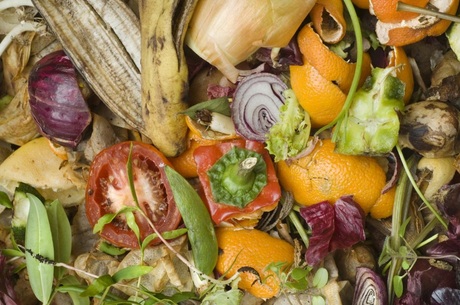

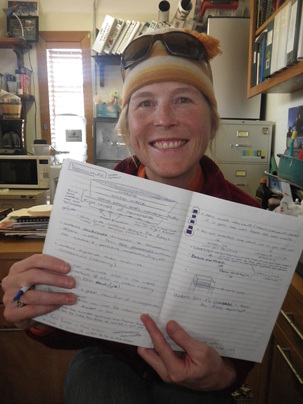
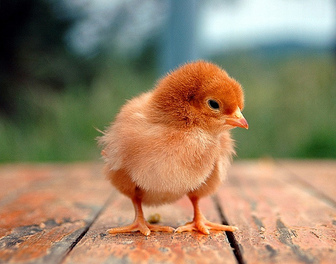
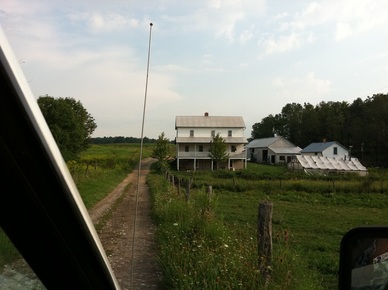
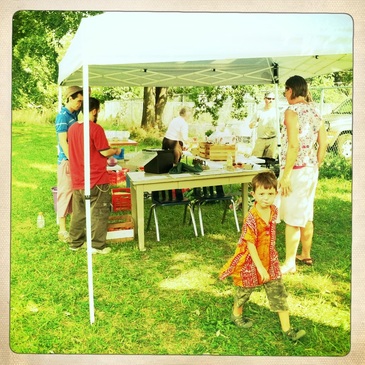
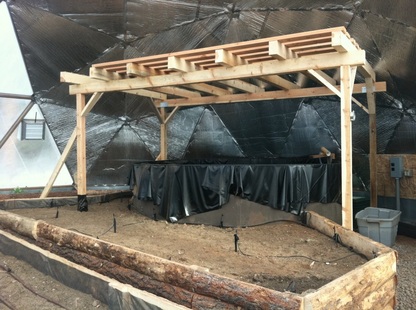

 RSS Feed
RSS Feed
